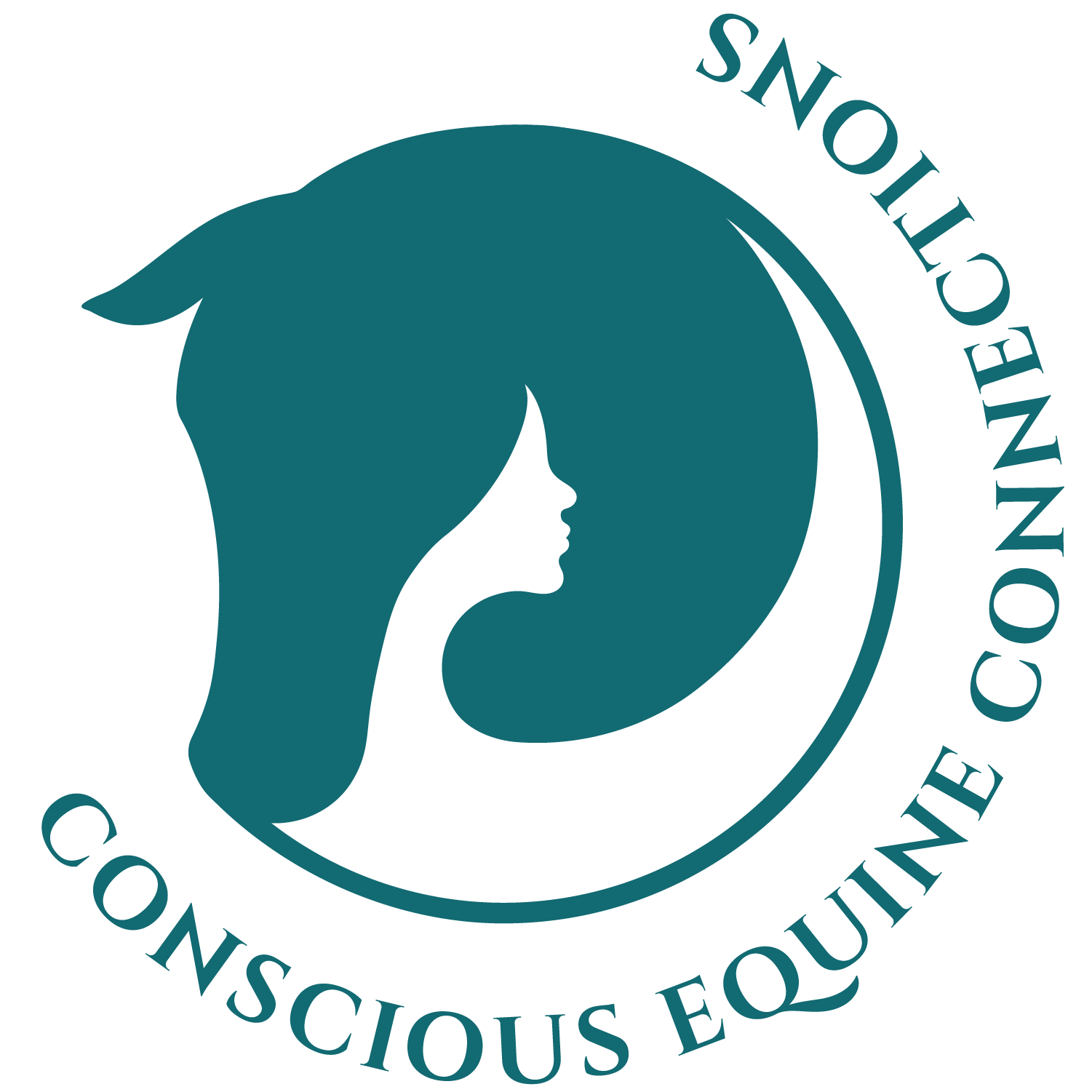Thrush is a common problem for horses, especially in the wetter months of winter. Most believe it is caused by an anaerobic bacteria but some research confirms that a fungus is the main culprit. Thrush specifically attacks the frog, if left untreated it could infect the Deep Digital Cushion or in severe cases the Deep Flexor tendon.
The most common symptoms include a foul smell in the foot, a black discharge in and around the frog and foot sensitivity or lameness.
The main causes of thrush are wet environments especially restricted spaces such as dirty stalls or small paddocks, failing to pick the hooves frequently and/or trim them, poor conformation and a lack of exercise.
The good news is its pretty easy to treat! I usually use detail or lysol, I’ve also used hydrogen peroxide all diluted according to their instructions. I’ve also known white or apple cider vinegar to be effective.
I have experimented with bleach but I’m told that bleach kills healthy tissue as well as the infected tissue so it is not an ideal solution.
We used to use a bright green topical solution sometimes known as coppertox; however, this stains everything and has a high level of toxicity so I stay away from it now.
When you wash the hoof be sure to be gentle but thorough and I recommend drying the frog afterwards. Usually I wash the feet at least once daily for a week to ten days. It should begin to clear up, next I use a spray bottle or a used water bottle with a squirt top to easily apply my solution without the need to fully scrub the foot, I continue to do this for up to two weeks, if the infection hasn’t gone by now consult your vet. The most important remedy is to ensure the horse isn’t standing in dirty or wet conditions for long periods since this will make it virtually impossible to heal the infection.
If you are interested in using aromatherapy, the following essential oils are recommended for thrush: Thieves, Tea Tree, and Thyme. Wild Marjoram is also an excellent antibiotic. You can place undiluted oils directly on the frog for severe cases, or soak cotton balls and tape them on or put on a hoof boot for 24 hours.
Sources:
Grosjean, Nelly. Veterinary Aromatherapy. CW Daniel Company, 196, pp. 12-13.
http://scorecard.goodguide.com/chemical-profiles/product.tcl?reg_nr=00005900028&prod_name=COOPER%2DTOX%20LIVESTOCK
https://holistichorse.com/health-care/recognizing-and-treating-thrush-in-your-horses-hoof/
https://thenaturallyhealthyhorse.com/2013/06/27/essential-oils-horse







